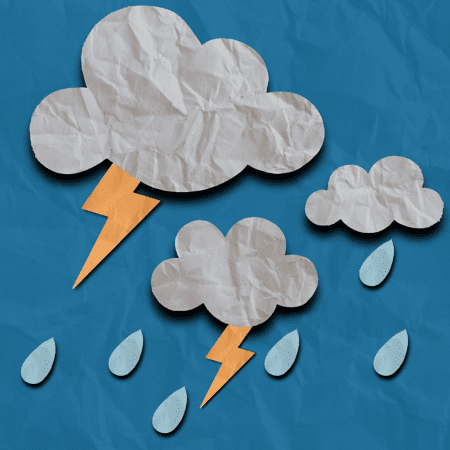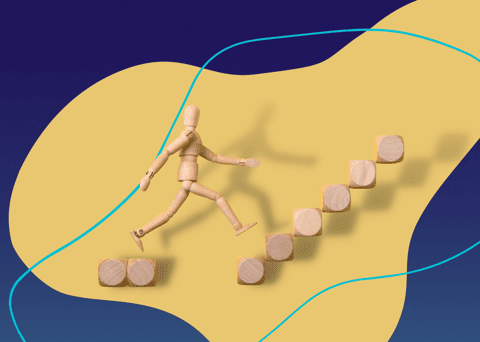When making an Internet provider decision or even a fixed wireless provider decision, a person needs to consider many factors. Line of sight, redundancy, SLAs, and of course, reliability. A key factor of reliability is ensuring your Internet connection remains stable during as many adverse conditions as possible.
A common question is the effect of weather and rain fade. Because fixed wireless providers utilize radio waves, it might be logical to think that inclement weather such as rain or snow can affect reliability or speed. This is not always the case. It depends on the type of connection (point-to-point or point-to-multipoint: “what’s the difference?”), frequency and also if your provider is supplying something called adaptive modulation.
What is Adaptive Modulation for Fixed Wireless?
A fixed wireless network operating with adaptive modulation will have significantly high reliability. Adaptive modulation means that a radio can change its modulation rate, or speed or transmission, when conditions change. Any interference in the surrounding environment from temperature to various weather conditions are detected by the radio.
Any radio in the network that senses interference automatically adjusts is modulation rate to a slower, more powerful transmission rate to facilitate a stronger signal. This increases the reliability of your data transmissions. Other radios in the network without interference continue transmitting at a high modulation rate.
What does this mean for fixed wireless Internet? It means that if your fixed wireless provider features a network with adaptive modulation, such as MHO, your Internet connection can handle practically anything Mother Nature can dish out. In addition, advanced technology and modern equipment designs allow fixed wireless providers like MHO to deliver superior connections and speeds, virtually eliminating “rain fade” and disturbances due to severe gusts or high winds.
Fixed Wireless Internet and Natural Disasters
Severe weather events and natural disasters pose a significant threat to satellite, fiber, and broadband Internet systems. High winds, flooding, wildfires, heavy cloud cover and rain, and earth tremors can all destroy these communication networks. And once severed, they require weeks and months to restore.
Fixed wireless networks typically survive most severe weather conditions and natural disasters, and are, in fact, the first choice for rapid deployment when communications are needed fast. Fixed wireless infrastructure is quickly erected, reliable, and extremely durable. Towers can be erected and radios mounted and tuned relatively quickly.
In fact, MHO can have your fixed wireless Internet connection up and running within 10 days of securing roof rights to mount the necessary equipment. This means your company can have service with a guaranteed uptime of 99.99% in days instead of months. Even after a natural disaster or severe weather event like tornadoes, hurricanes, or flooding.
MHO engineers design and construct each link in our local network based on specific parameters for the area, such as distances between points, signal path, spectrum, necessary bandwidth, and the potential for precipitation and other severe weather. This means your fixed wireless Internet connection is the most stable and reliable system possible.
Want to learn more about fixed wireless Internet for your business? Click here to check for availability and get more details, or call (877) WANT-MHO to speak to a team member.




![[Infographic] Fixed Wireless: What You Need To Know](https://blog.mho.com/wp-content/uploads/2017/06/Screenshot-2025-06-24-141710.png)


